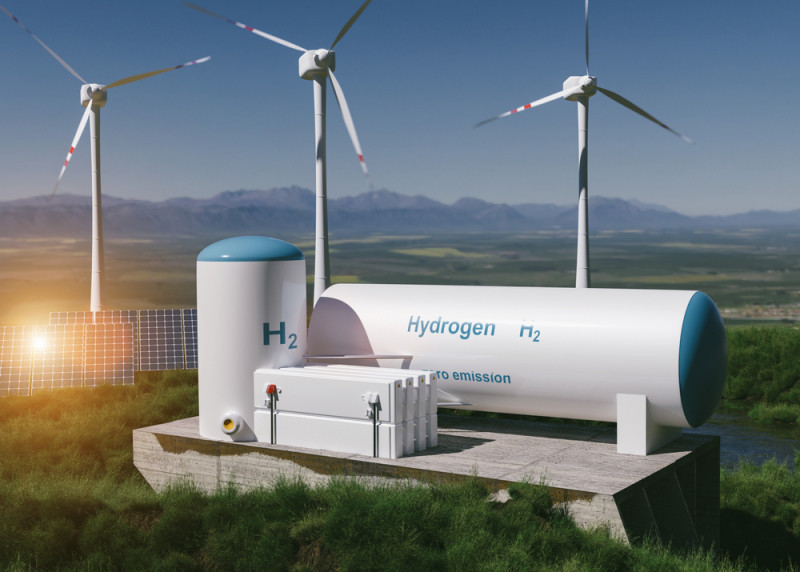
The Ministry of Industry and Trade (MOIT) is collecting opinions about a draft strategy on hydrogen production to 2030, with the vision towards 2050.
According to the ministry, hydrogen is still not used as power, but mainly as a non-energy raw material in oil refining, and fertilizer and chemical industries.
Hydrogen still doesn’t play an important role in balancing national power demand and supply. Under directions for hydrogen use, hydrogen plays an important role in the decarbonization in metallurgy, chemical raw materials (fertilizers), oil refining, transportation (fuel cells, hydrogen, ammonia, synthetic fuel,...etc).
The ministry believes the use of hydrogen as a power source instead of coke and petroleum will help reduce CO2 emissions.
Hydrogen is considered a type of power prioritized for development to replace fossil fuel sources. It is expected to account for a significant proportion of Vietnam’s power structure in the future.
The hydrogen energy production strategy will give development directions for the entire hydrogen energy value chain, including hydrogen production, use, transportation, storage and distribution.
In Vietnam, hydrogen is mostly generated from petrochemical refining and nitrogen fertilizer production to serve these industries to remove sulfur and impurities N, O, and metals out of raw materials or semi-finished products, make catalytic reduction of active metal oxides, or saturation of unsaturated compounds (hydrogenation).
Regarding Vietnam’s hydrogen demand, about 316,000 tons hydrogen were provided to nitrogen fertilizer plants, while Dung Quat and Nghi Son Oil Refineries consumed 39,000 and 139,000 tons, respectively, a year. The total hydrogen demand is expected to increase to 4,000 KTA by 2050.
According to the draft, hydrogen is currently not used for power generation purposes, but is mainly produced from fossil fuel sources. In the future, hydrogen needs to continue to be produced from carbon-captured fossil fuels and renewable energy sources (wind, solar...) through water electrolysis processes.
Some green hydrogen production projects have been suggested, including the Thang Long Wind 2 (TLW2) that produces hydrogen from seawater electrolysis for export at the Thang Long offshore wind power project area (Ke Ga Cape in Binh Thuan province) with total investment of roughly $5 billion. The project is expected to be implemented from 2022 to 2030.
Another project is Tra Vinh green hydrogen production plant in Dong Hai commune in Duyen Hai district. Using alkaline electrolyze technology, it will produce hydrogen for domestic demand and export to Japan, South Korea, Singapore and Europe.
Meanwhile, TGS Green Hydro, a subsidiary of The Green Solutions, is developing the Ben Tre green hydrogen plant. Other companies, including TTVN Group and SK, are taking the first moves to research and develop hydrogen plants.
Luong Bang